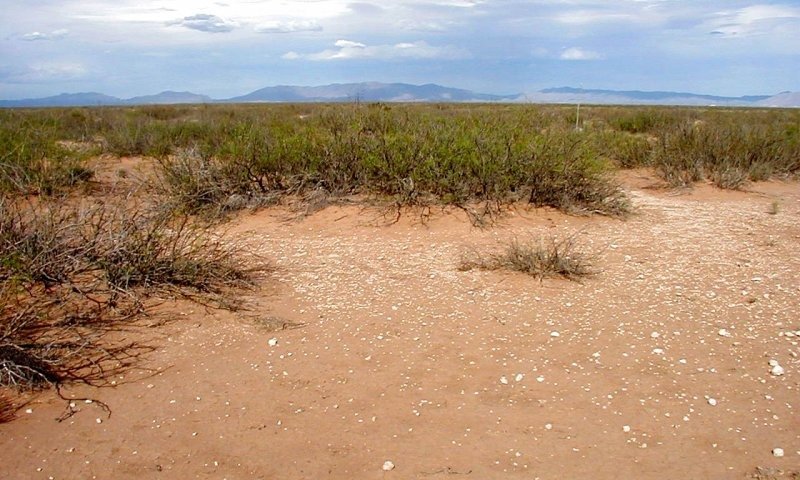
The current data highlight the problematic design of some previous research using conventional traps and confining the measurements only to certain seasons. Sand saltation, suspension and creep are seen responsible for mound formation, which based on the current rates of sand accretion are relatively fast with a 60 cm-high coppice dune forming within ~150–160 years. No significant relations were obtained between the monthly AI and shrub height. Like with all sand dunes the coppice dunes form, when there is lots of loose sand,a wind, which is strong enough to move the sand and some kind of obstruction, where sand particles settle out. These dunes are usually found in the deserts in semiarid regions. It depended upon the wind power, with drift potential having a threshold velocity of U t > 10 m s −1 yielding the higher correlations with the monthly AI ( r 2 = 0.59–0.84). The image shows coppice dunes, which are formed around vegetation. The annual rate of AI accretion under the canopy was highly variable ranging between 1405 and 13 260 g m −2, with a four-year average of 5676 g m −2, i.e. AI was trapped at SH, while it was not trapped at TR and CT. The PSD was compared to coppice dunes located on the fine-grained playa surface. Measurements were annually conducted during June 2004 and June 2008, with monthly collection during June 2004 and May 2006. The rate in which sand and fines, hereafter aeolian input (AI) was trapped and its particle size distribution (PSD) were examined by means of the solidification of 2 m × 2 m plots using surface stabilizers, and by the installation of three pairs of artificial shrubs (SH), three pairs of artificial trees (TR), and a pair of control (CT) plots. The goal of the current study is to examine the formation rate and factors that determine the establishment of coppice dunes in the Hallamish dune field in the western Negev Desert. Yet, despite their frequent occurrence, little information exists regarding the rate and factors that control their formation.


Due to their role in increasing fertility, coppice dunes (nebkhas) are regarded by many researchers as important contributors to aridland ecosystems.


 0 kommentar(er)
0 kommentar(er)
